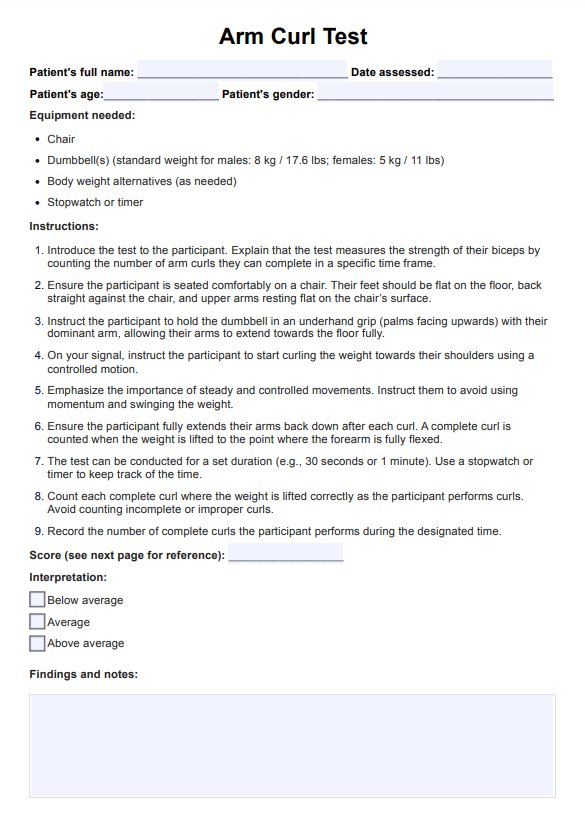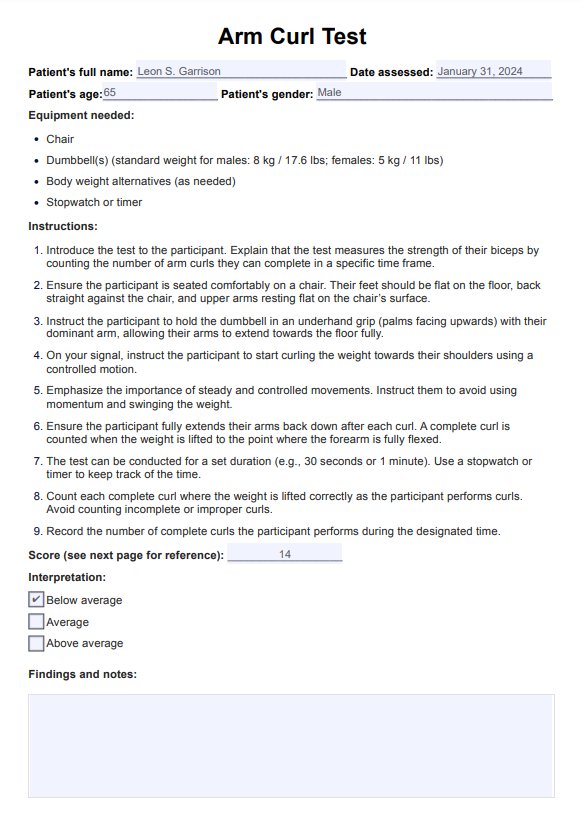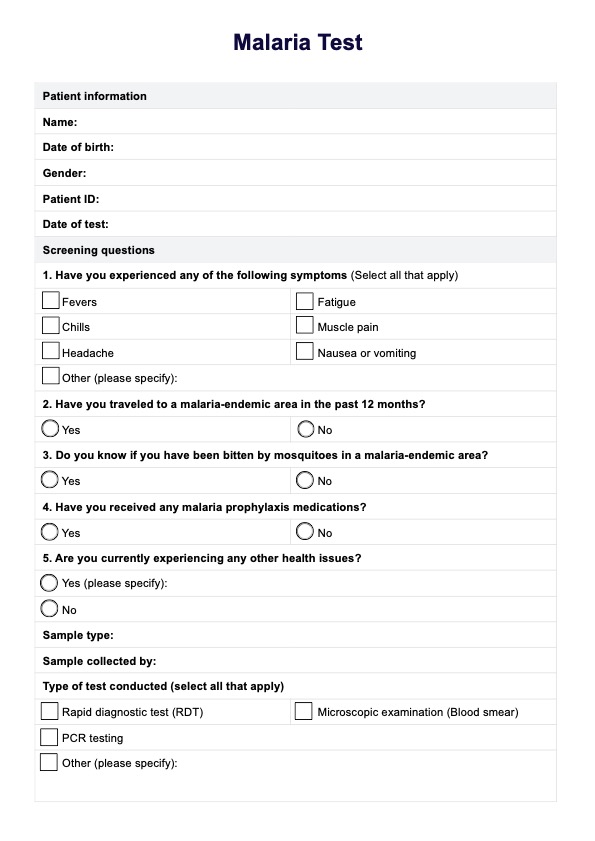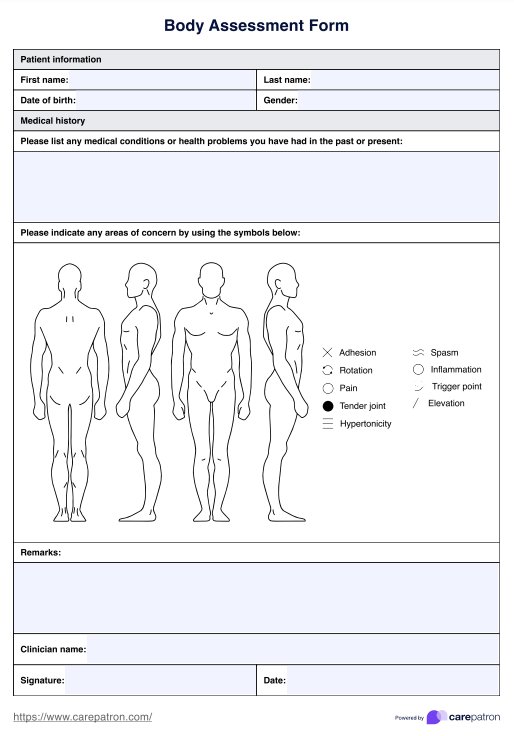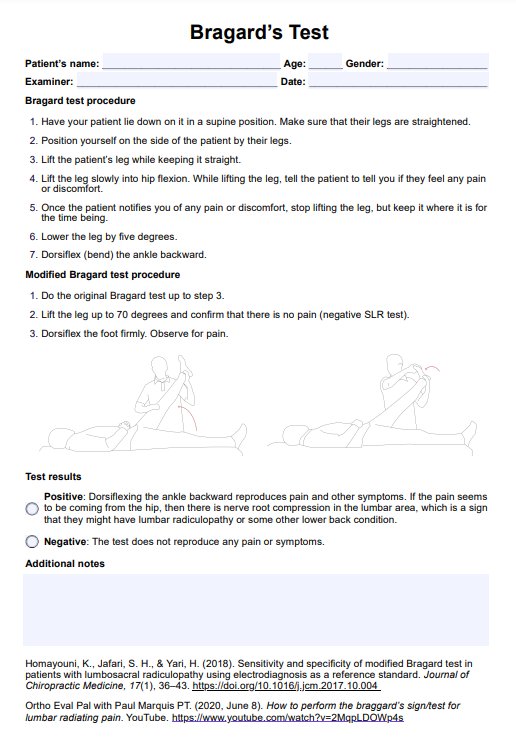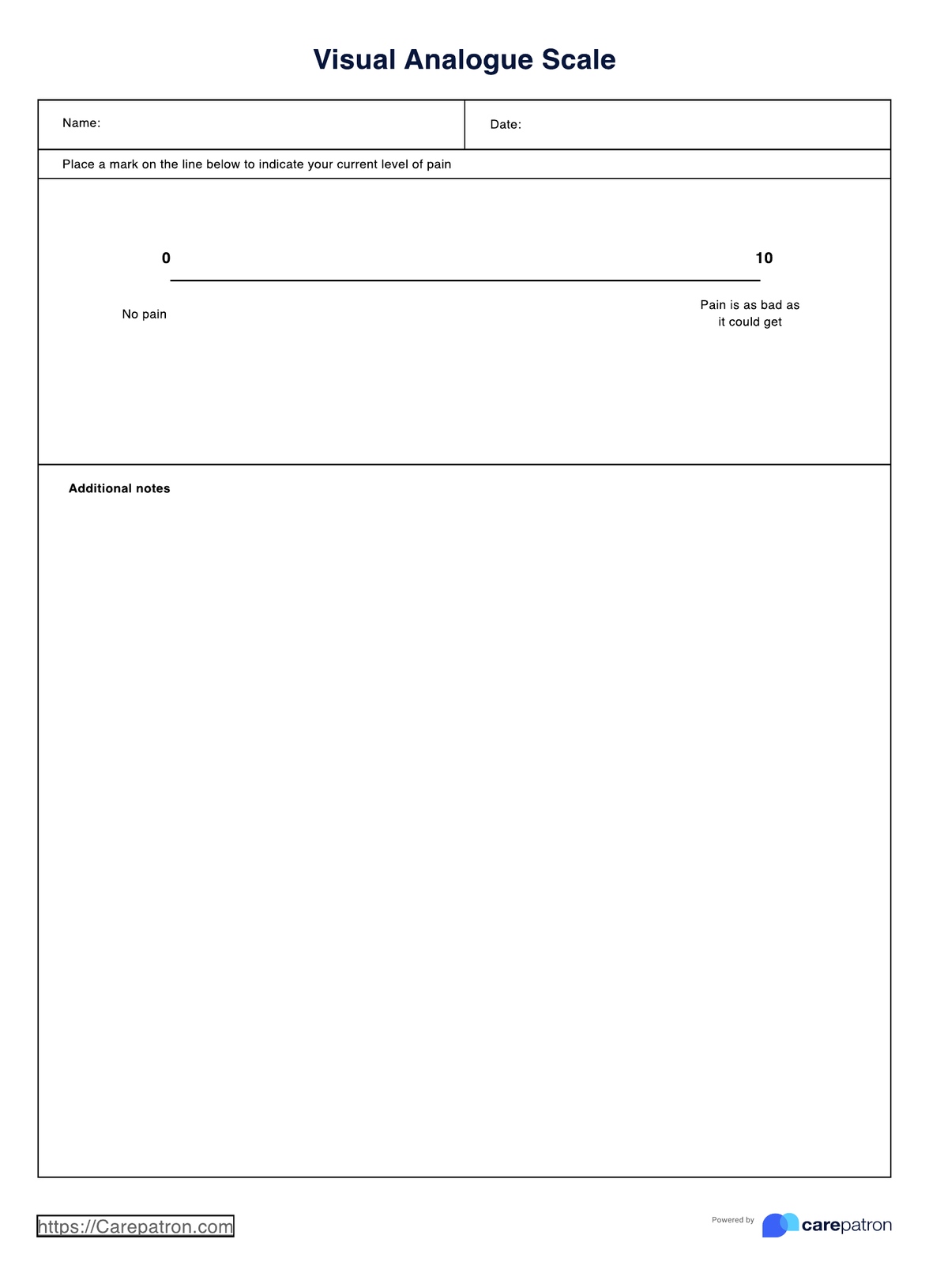Arm Curl Test
Learn to conduct the Arm Curl Test to assess upper body strength and arm muscle endurance. Download a free PDF and example now!


Understanding upper body strength and functionality
The upper body, consisting of the shoulders, arms, chest, and upper back, is vital in performing various daily tasks and activities. These muscles work together to provide strength and stability, which are crucial for physical functionality.
The arm muscles, specifically the biceps and triceps, generate the force required to lift and carry objects. Similarly, the chest and back muscles are integral for pushing and pulling tasks. The shoulders also contribute significantly to the full range of motion of the upper body. They provide stability and support during reaching, lifting, or throwing activities.
These physical capacities may naturally decline as we age, making regular physical activity and training programs essential to maintain strength and endurance. Various field tests can be conducted to assess upper body strength and functionality. The tests may differ based on the specific muscle group being evaluated.
Repetitive arm curl exercises, such as bicep curls, are commonly used to improve upper arm strength and muscle endurance. Regular training programs incorporating these exercises can improve an individual's upper body strength and functional fitness.
Arm Curl Test Template
Arm Curl Test Example
Assessing upper body strength with the Arm Curl Test
The Arm Curl Test is a simple yet effective way to assess upper body strength and arm muscle endurance. This functional fitness test involves performing a repetitive arm curl exercise while holding weights or body weight.
It's a famous test used in physical education programs and fitness centers to evaluate upper body strength, specifically the endurance of the elbow flexors (Dunsky et al., 2011). During the test, the elbow flexors measured are the biceps brachii and brachialis, which are responsible for flexing the elbow. The Arm Curl Test is also known as the "curl test" or "arm curl field test."
To perform this test, the patient is asked to sit on a chair or bench with their back supported and feet flat on the floor. They are then instructed to perform as many arm curls as possible in 30 seconds while holding weights or body weight. The number of complete arm curls is recorded, and this score reflects the individual's arm strength.
What does it measure?
The Arm Curl Test evaluates the following fitness aspects:
- Muscular endurance: The number of arm curls completed in 30 seconds reflects the individual's ability to sustain a repetitive arm curl exercise, indicating their muscular endurance.
- Aerobic component: This test also has a significant aerobic component, requiring sustained movement for 30 seconds. It can be an alternative to traditional stress tests that measure heart rate and blood pressure.
- Overall upper body strength: The test evaluates arm strength and indicates upper body strength. This is because the arm muscles are heavily involved in carrying groceries or performing tasks requiring upper body strength.
How to use Carepatron's free Arm Curl Test template
Our printable Arm Curl Test worksheet makes evaluating your patients' upper body strength and endurance easy. Follow these steps:
Step 1: Get a copy of the template
You can download the Arm Curl Test using this page's link or the Carepatron app. You can also access it from our resources library.
Step 2: Print or use the digital format
You can print the worksheet or use it on your device. Both options are available to make it convenient for you.
Step 3: Gather other necessary tools
You will need weights, a body-weight substitute, a timer, a pen or pencil, and the patient's score sheet. Once you have these items, you're ready to start the test.
Step 4: Explain the test to your patient
Make sure your patients understand what they need to do during the test and answer any questions they may have.
Step 5: Conduct the test
Ask your patient to start as soon as you start the timer. They should do as many repetitions as possible in 30 seconds while maintaining proper form using their dominant arm. Using the template, record your patient's results and calculate their score.
Step 7: Interpret the results
Compare your patient's score to the reference values provided in the template. This will give you an idea of their upper body strength and overall physical capacities.
Arm Curl Test scoring
The arm curl score is the total number of controlled arm curls performed in 30 seconds. Since this is commonly used to test upper extremity function among the older population, the age ranges included in our template are of older adults. Here are some recommended ranges for this assessment based on age groups (Jones & Rikli, 2002):
Men's results
Age 60-64:
- Below 16: Less than average
- 16 to 22: Average
- Above 22: Above average
Age 65-69:
- Below 15: Less than average
- 15 to 21: Average
- Above 21: Above average
Age 70-74:
- Below 14: Less than average
- 14 to 21: Average
- Above 21: Above average
Women's results
Age 60-64:
- Below 13: Less than average
- 3 to 19: Average
- Above 19: Above average
Age 65-69:
- Below 12: Less than average
- 12 to 18: Average
- Above 18: Above average
Age 70-74:
- Below 12: Less than average
- 12 to 17: Average
- Above 17: Above average
Benefits of using the Arm Curl Test template
The Arm Curl Test template is a valuable tool for healthcare practitioners. It offers a standardized method to assess upper body strength and muscular endurance. This simple yet effective test provides numerous benefits for both practitioners and patients.
Standardized assessment
The template ensures a consistent approach to testing, allowing for reliable comparisons across different time points or between patients. This standardization is crucial for tracking progress and making informed clinical decisions.
Time-efficient evaluation
With a duration of just 30 seconds, the Arm Curl Test offers a quick way to gauge upper body strength. This efficiency is particularly valuable in busy clinical settings where time management is essential.
Comprehensive data collection
The template provides space to record not only the test results but also relevant patient information. This comprehensive approach helps maintain thorough patient records, which is crucial for long-term care planning and monitoring.
References
Jones, C. J., Rikli, R. E. (2002). Measuring functional fitness of older adults. The Journal on Active Aging, 24-30. https://www.dnbm.univr.it/documenti/OccorrenzaIns/matdid/matdid182478.pdf
Dunsky, A., Ayalon, M., & Netz, Y. (2011). Arm-curl field test for older women: Is it a measure of arm strength?. Journal of Strength and Conditioning Research, 25(1), 193–197. https://doi.org/10.1519/JSC.0b013e3181bac36a
Commonly asked questions
The Arm Curl Test is commonly used to assess arm muscle endurance and upper body strength in adults of various age groups. It can also track changes in these areas over time, making it a valuable test for fitness professionals and physical therapists.
The Arm Curl Test involves performing as many repetitions of an arm curl exercise as possible within a set period. The test is typically 30 seconds but can be extended to 60 seconds for individuals with higher levels of fitness or training.
To perform the Arm Curl Test, you will need a chair and a dumbbell or other weight appropriate for your patient's fitness level. The patient sits in the chair with their back straight and feet flat on the ground. They then hold the weight in their dominant hand and perform as many arm curls as possible within the designated period, ensuring their elbow flexors are fully extended at the bottom of each repetition.


